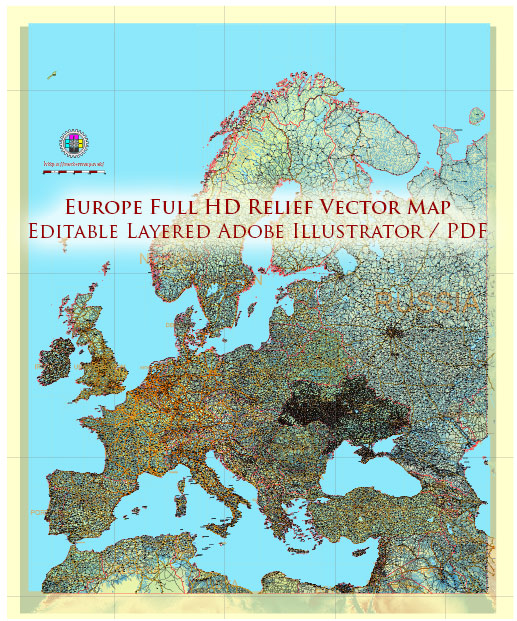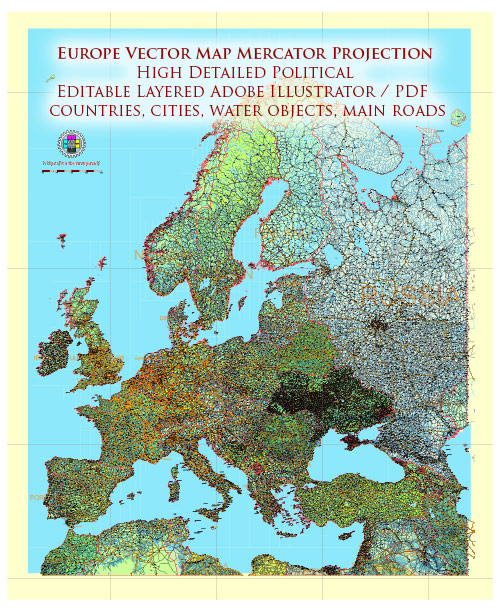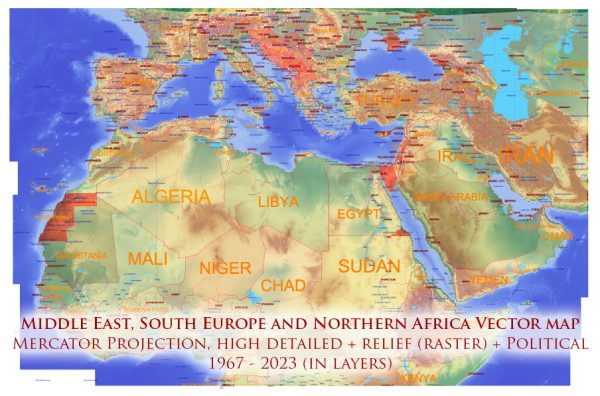One of the most famous medieval geographers is Abu Abdullah Muhammad al-Idrisi, who lived in the 12th century. Al-Idrisi was a Muslim scholar and geographer born in Ceuta (in present-day Morocco). His most notable work is “Kitab Rudh-ar-Riyad,” also known as “Tabula Rogeriana” or “The Book of Roger.”
Commissioned by Roger II of Sicily, al-Idrisi’s work was a comprehensive geographical encyclopedia that drew on the knowledge of various civilizations, including Islamic, Greek, Roman, and other sources. Completed in 1154, the book consisted of descriptive texts accompanied by maps, providing a comprehensive overview of the known world at that time.
The “Tabula Rogeriana” included detailed maps of various regions, emphasizing the Mediterranean and the surrounding areas. The maps were rich in information, illustrating coastlines, rivers, mountains, and cities. Al-Idrisi’s work was highly influential in medieval geography and cartography.
Al-Idrisi’s contributions went beyond the physical geography of the world; he also included information about the customs, cultures, and resources of different regions. His work played a significant role in transmitting geographical knowledge from the Islamic world to medieval Europe and had a lasting impact on European cartography during the Middle Ages.




 Author: Kirill Shrayber, Ph.D.
Author: Kirill Shrayber, Ph.D.